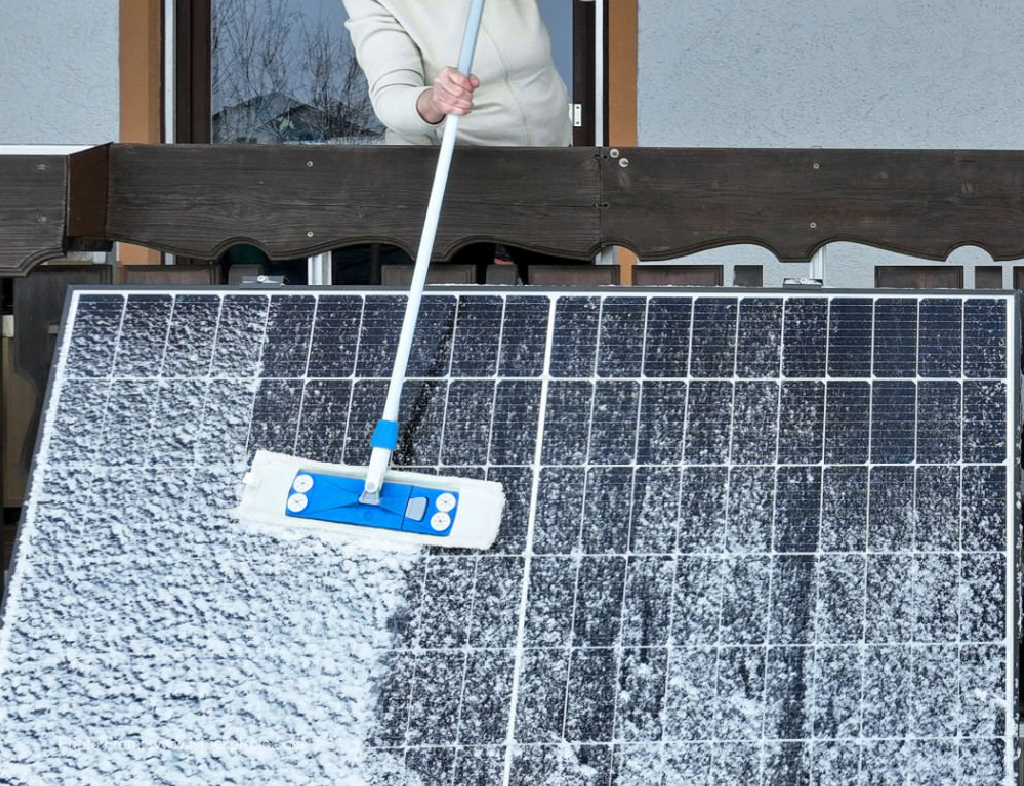DIY SOLAR SYSTEM MAINTENANCE CHECKLIST: MONTHLY, SEASONAL, AND YEARLY TASKS
9th Apr 2025
A well-maintained DIY solar system ensures consistent energy production and long-term reliability, especially for off-grid setups where every watt counts. Neglecting maintenance can lead to reduced efficiency, unexpected failures, and costly replacements. By following a structured approach to upkeep, you can maximize your system’s performance and lifespan.

Each month, start with a quick visual inspection of your solar panels. Look for dirt buildup, bird droppings, or debris that might be blocking sunlight. Cleaning the panels when necessary ensures they operate at peak efficiency. Check for any loose or corroded connections in the wiring, as poor connections can cause power loss or safety hazards. If you have a battery bank, monitor voltage levels and ensure proper charge-discharge cycles to prevent deep discharges that can degrade battery life. For lithium batteries, verify that their management system is functioning correctly. Additionally, listen for any unusual noises from your inverter, which could indicate internal issues.
As seasons change, your maintenance needs shift. In winter, snow accumulation on panels can significantly reduce energy generation. Clearing snow promptly, using a soft brush or non-abrasive tool, prevents damage while restoring power output. In fall, check for fallen leaves and other debris that may have gathered around panels or vents. If your solar array is adjustable, consider modifying the tilt angle to capture more sunlight as the sun’s position changes throughout the year. Spring is an ideal time to inspect mounting structures for wear and tear, especially if your system has endured strong winds or heavy precipitation. Ensure that all fasteners are secure, and look for any signs of rust or degradation. Summer heat can stress components, so verify that your charge controller and inverter have adequate ventilation to prevent overheating.
Annually, a more thorough system review is essential. Conduct a detailed wiring inspection, looking for signs of wear, fraying, or damage caused by rodents. Tighten all electrical connections to reduce resistance and prevent power loss. Examine the inverter for any warning indicators or software updates that may enhance efficiency. Test the performance of your solar panels using a multimeter or monitoring system to ensure they are producing the expected voltage and current. If your system includes a backup generator, test it under load conditions to confirm it operates smoothly when needed. Battery capacity tests should also be performed to assess overall health and determine if any replacements are necessary.

By staying proactive with maintenance, you ensure your DIY solar system remains reliable, efficient, and safe. Regular upkeep prevents minor issues from escalating into major problems, giving you peace of mind and uninterrupted power. With a consistent maintenance routine, your off-grid system will continue delivering clean energy for years to come.
